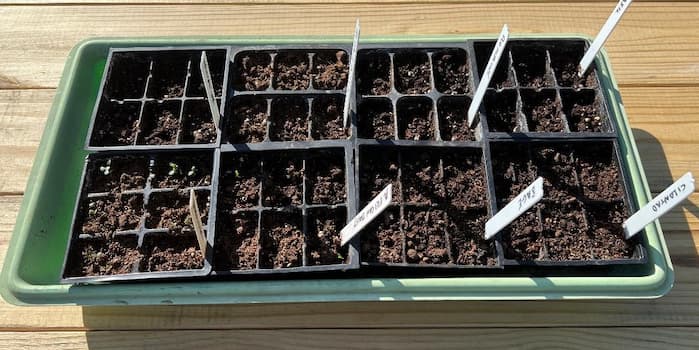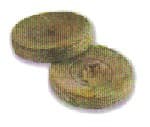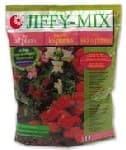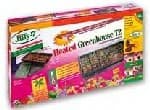Seed Starting Essentials- Seed Trays, Starting Kits, Propagation Mats

As winter turns into spring, home gardeners stock up on seed starting essentials. They’re the tools of essential “tools of the trade”. We chomp at the bit, in eager anticipation of a new growing season. All winter long, we stockpile seed trays, seed starting kits, seedling propagation mats, and propagation trays. We also acquire abundant amounts of seed starting soil, peat pellets, peat pots, and peat strips.
Why Peat? Peat is an organic, naturally occurring material. Roots can easily penetrate peat pots and pellets, as they grow. About Peat Moss
Here are some descriptions to help you determine what seed starting materials and supplies to stock up on:
Types of Garden Planters

Seed Trays with plastic pots (inserts) – are less expensive than peat pots and pellets. Seed starter trays can often be used over again.
Plastic pots are great when you have a lot of seedlings to start. They are more commonly used with flowers and herbs. Be careful when transplanting, to minimize disturbance of the roots. Also, seedlings can get root bound if left to grow too long in plastic pots.

Seed Tray Kits with peat strips – Strips of peat pots in a starter tray, are preferred by many gardeners. Square pots, in strips of 5 to 8 pots, fit in plastic flats. Refills are available.

Seed Trays with peat pellets – The seedling tray is neatly filled with peat pellets. Some trays have a plastic insert, to keep the pellets perfectly spaced. Trays are reusable. Replacement pellets are available.

Dome Covers for Seed Tray Kits – Seed trays come with or without a dome cover. Dome covers serve two purposes: 1. To retain moisture, and keep the soil from drying out. 2. To raise the temperature of the starter soil, speeding seed germination.
Dome covers are great for starting seeds. However, the extra heat and moisture encourage damping off disease, a fatal seedling disease. When using the covers, watch for excess moisture. Remove the cover frequently, to allow excess moisture to escape. After the seedlings have sprouted, we recommend you discontinue using the cover.

Jiffy Peat Pots – Round or square pots, in various sizes. Round pots are by far more popular. Fill Jiffy peat pots with your favorite seed starting mix. Peat pots minimize transplant shock, as the roots are undisturbed. At planting time, transplant seedlings in the pots, right into the garden. Roots easily grow through the organic pots.

Jiffy Peat Pellets – The pellets are small and compact…until you add water. Then, they expand into a convenient seed starter. A mesh material holds this “ball of peat” together. Gardeners like the ease of use of Jiffy peat pellets, which helps to minimize transplant shock.

Seed Starting Soil (or mix)- The primary ingredients of any good quality seed starter soil, are sphagnum peat moss and perlite. The starter soil mix is properly pH balanced. Rich, lightweight starting soil, allows your seedlings to easily emerge from the soil.
Manufacturers often fortify the mix with fertilizers and micro-nutrients needed for early season growth.

Heated Germination Mats ( Propagation Mats) – Home gardeners who have germination mats, rightfully swear by them. Germination mats are helpful for sprouting just about any seed, and a gardening essential for hard-to-start seeds.
Propagation mats provide bottom heat, speeding seedling germination, and better germination rates. Promotes healthy, vigorous seedling growth. Germination mats pay for themselves over and over again.
After seeds have emerged, remove the germination mat. As the roots spread downward, the higher heat can actually hurt tender, young roots.
Tips for Transplanting Seedlings
Time the transplanting of your seedlings, to after the last frost date for your area.
Don’t leave your seedlings in trays and pots too long. As soon as roots emerge from the peat pots or pellets, it is time to transplant them (weather permitting).
Transplanting on cloudy days helps to minimize transplant shock.
As planting time nears, “harden off” seedlings by placing them outdoors for progressively longer periods.
More on Hardening Off plants
Also see: Cold frames
Related Articles
Please support our site. Shop for:
- rmmatthews100@hotmail.com
- 585-721-6528
- Rochester, NY
©1999-2024 GardenersNet.Com, All Rights Reserved

